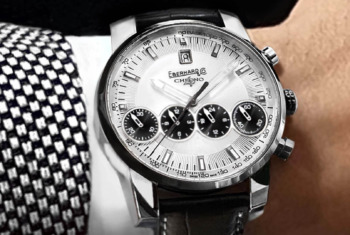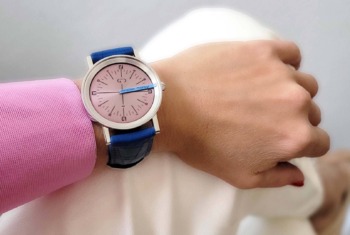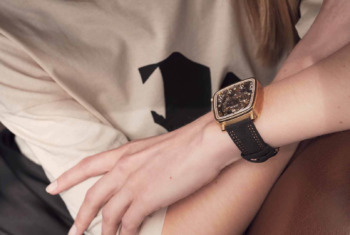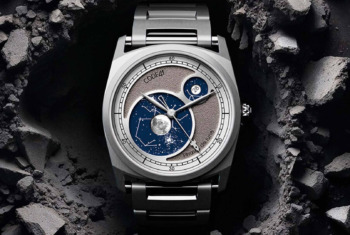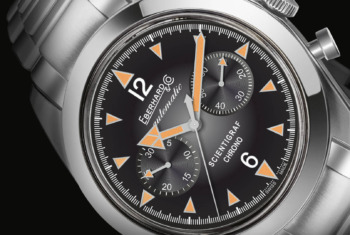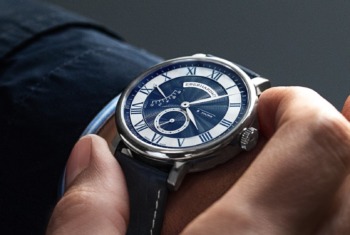Bauhaus watches: The origin of Junghans Max Bill, Nomos Tangente & Co.
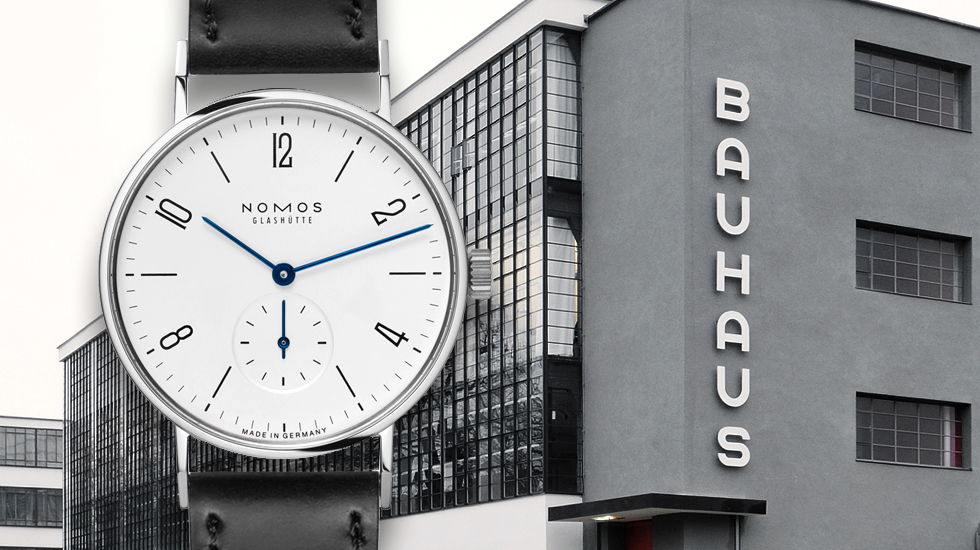
“Perfection is achieved, not when there is nothing more to add, but when there is nothing left to take away.”
Antoine de Saint-Exupery

When dealing in watches you inevitably stumble upon the term “Bauhaus”. Nowadays the trademark is often mistakenly used as a synonym for minimalist watch designs of all kinds. In fact, Bauhaus is the name of an influential design school that although it celebrates its centennial this year, has not lost one ounce of importance in the world of modern design.
First, let’s rewind 100 years: In 1919 the Berlin architect Walter Gropius laid the foundation of the Staatliches Bauhaus, literally meaning “state building house”, in Weimar. Gropius had a near utopian vision: All areas of art and design should come together in seamless and harmonic unity to create a “Gesamtkunstwerk”, an all-encompassing piece of art, capable of combining the elements of all arts holistically.
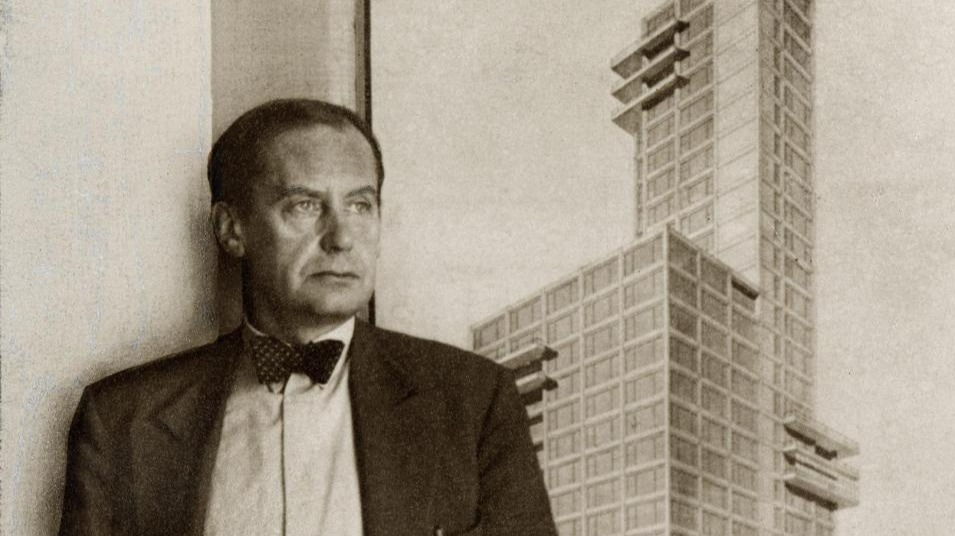
In doing so, the guiding principle turned into one of the most significant expressions in design: „Form follows function.” This now self-evident approach became the underlying philosophy for Gropius’s efforts. It states that simple but elegant geometric shapes should be designed primarily to fulfill their intended function or purpose, not the other way around.
This movement, later dubbed the “Bauhaus,” developed into an extremely influential design concept in modern design, modernist architecture and art, and design and architecture education. Over time, the movement has spread far beyond the German borders, across the world. The Bauhaus had a profound influence on further developments in art, architecture, graphic design, interior design and last but not least the watch industry.
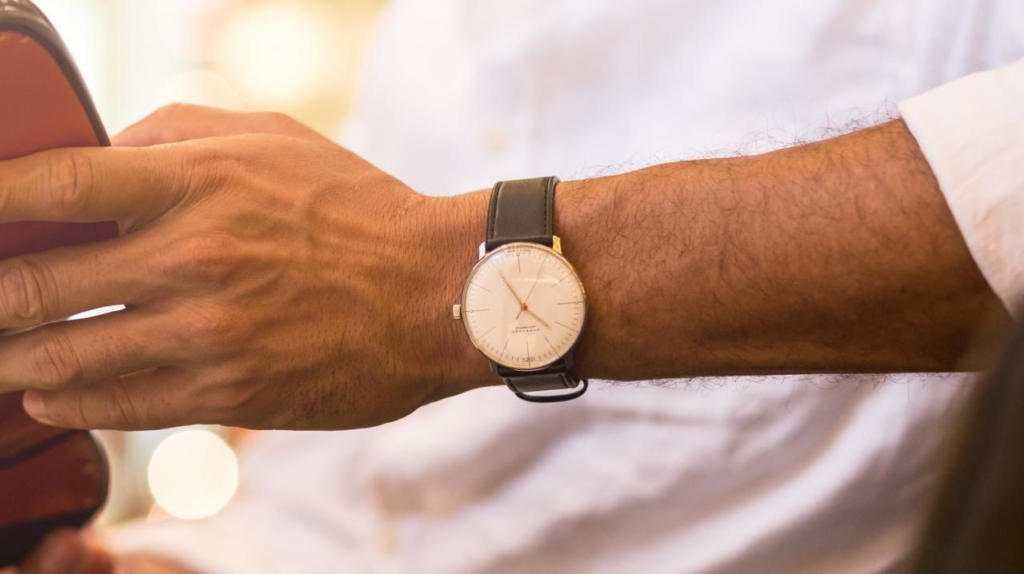
The latter, in particular, quickly embraced the unpretentious form language, which translated fluently into minimalist watch design. True to their less is more philosophy Bauhaus inspired watches are genuine all-around talents: Their unassuming character makes them perfect for daily use and the deliberate understatement expresses a subtle elegance for formal occasions. The character of Bauhaus watches lies in the elimination of irrelevant details such as ornate calligraphy, delicate hands, and indices, and cases that are reduced to the essentials.
Pforzheim is Germany’s most prestigious location for the watch industry besides Glashütte, with a significant, longstanding history. Here, the first dials in Bauhaus design appeared in the 1920s and 30s by Weber & Baral. The factory, led by Arthur Weber, once the world’s largest dial manufacturer, produced one of the first dials that showcased the nowadays unmistakable Bauhaus characteristics. These dials went to brands such as A. Lange & Söhne, as is evident in the following watch, which is dated around 1937 and which is known to be one of the first Bauhaus watches.
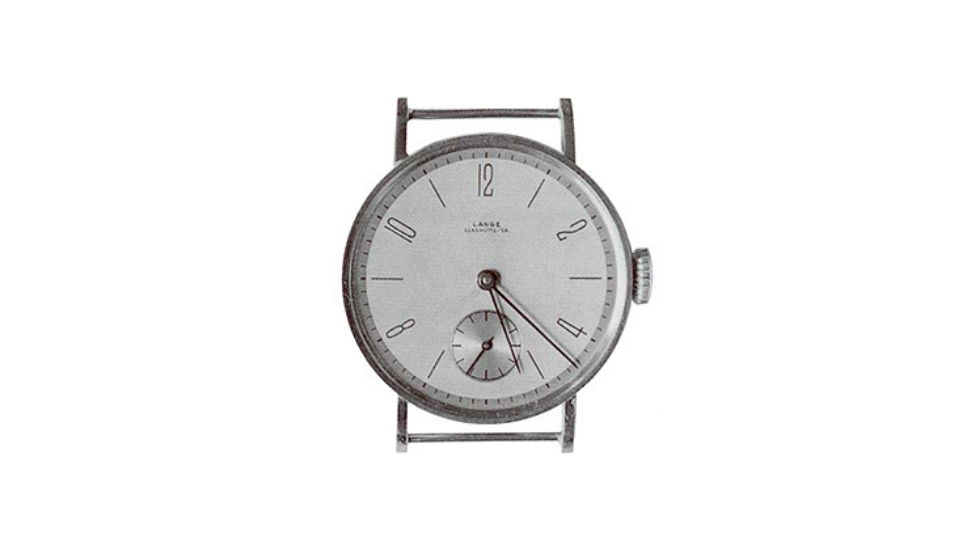
Bauhaus watches in the 21st century – From a kitchen clock to a global watch icon
Critics might say “Old wine in new bottles” but the popularity of that very design is enjoying uninterrupted admiration and continues to inspire new designs of the genre for renowned watch brands.
Junghans is a staple of the German watch world with its fabled Max Bill collection (See here). In the mid-50s, Bauhaus scholar and artist Max Bill received an order for a new clock from Junghans. A kitchen clock became the trailblazer for the new design concept in 1956 and set the stage for the launch of the now legendary Max Bill, which celebrated its unveiling in 1961.
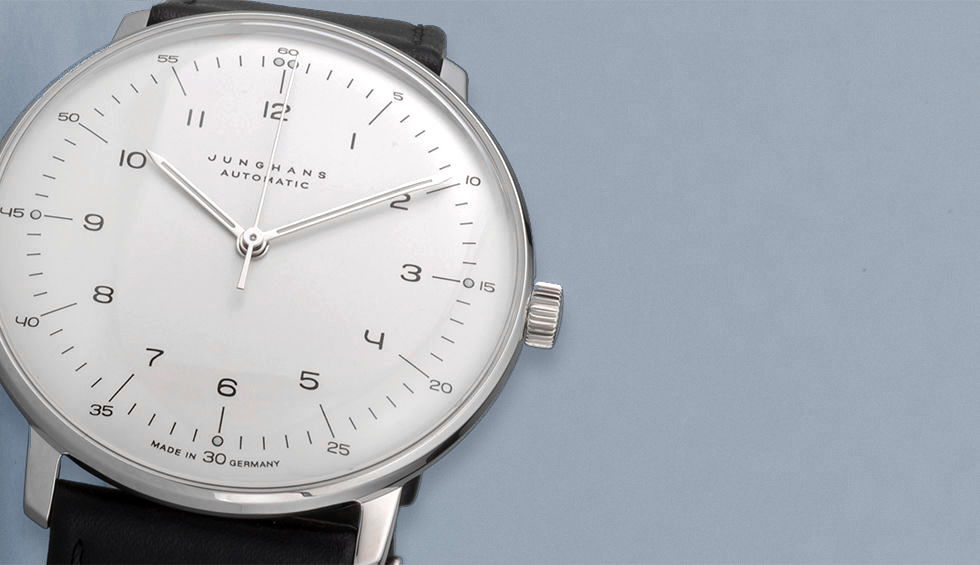
When the series was relaunched in 1997 as Max Bill by Junghans, it embarked on its worldwide triumph, which even brought it into the sacred halls of the Shop of the Museum of Modern Art in New York. In 2018, the collection underwent another facelift and Junghans named it Max Bill Mega equipped with radio transmission technology.
Any discourse regarding German watch brands with an affinity for Bauhaus designs inevitably leads to NOMOS Glashütte. Although this brand frequently comes up in the same sentence as the Weimar Design school or the Bauhaus movement, strictly speaking, it has no stake in the original manufacture of said watches. How could it? It wasn’t even established until almost 70 years later.
However, one must acknowledge emphatically, that the brand has played a leading role in the revival of The Bauhaus. Since its founding in 1990 by Roland Schwertner, alas immediately after the German reunification, the brand gained worldwide fame for their distinct Bauhaus watches such as the Tangente. Unofficially, in watch lovers’ circles, the watch is known as the Bauhaus watch. On the occasion of the 100th anniversary, Glashütte honors Bauhaus with a limited issue of Tangente Special Edition. It is available in three sizes from 33 to 38mm and limited to the representative number of 100 pieces each.
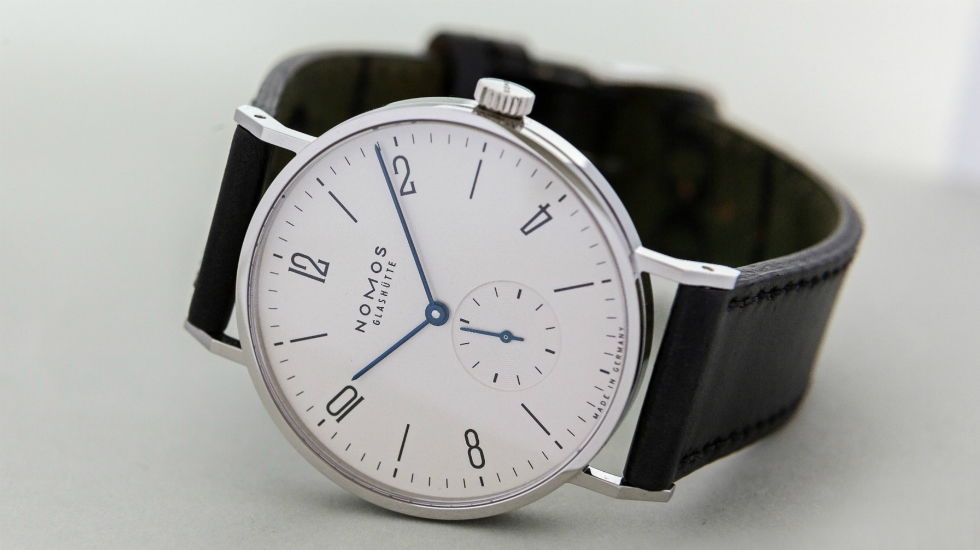
In Germany, fans of Bauhaus watches will find their luck even off-mainstream with brands like Stowa, Aristo, Braun, Stowa, and Defakto. We are deliberately leaving out the myriad of microbrands which are popping up like mushrooms all over as this country is a veritable Bauhaus Mecca. On closer inspection, some significant designs of world-renowned brands, such as the one with the bitten apple or the furniture store from the land of Köttbullar, demonstrate that the design school has countless enthusiastic followers outside the German borders.
A German design school conquers the world.




